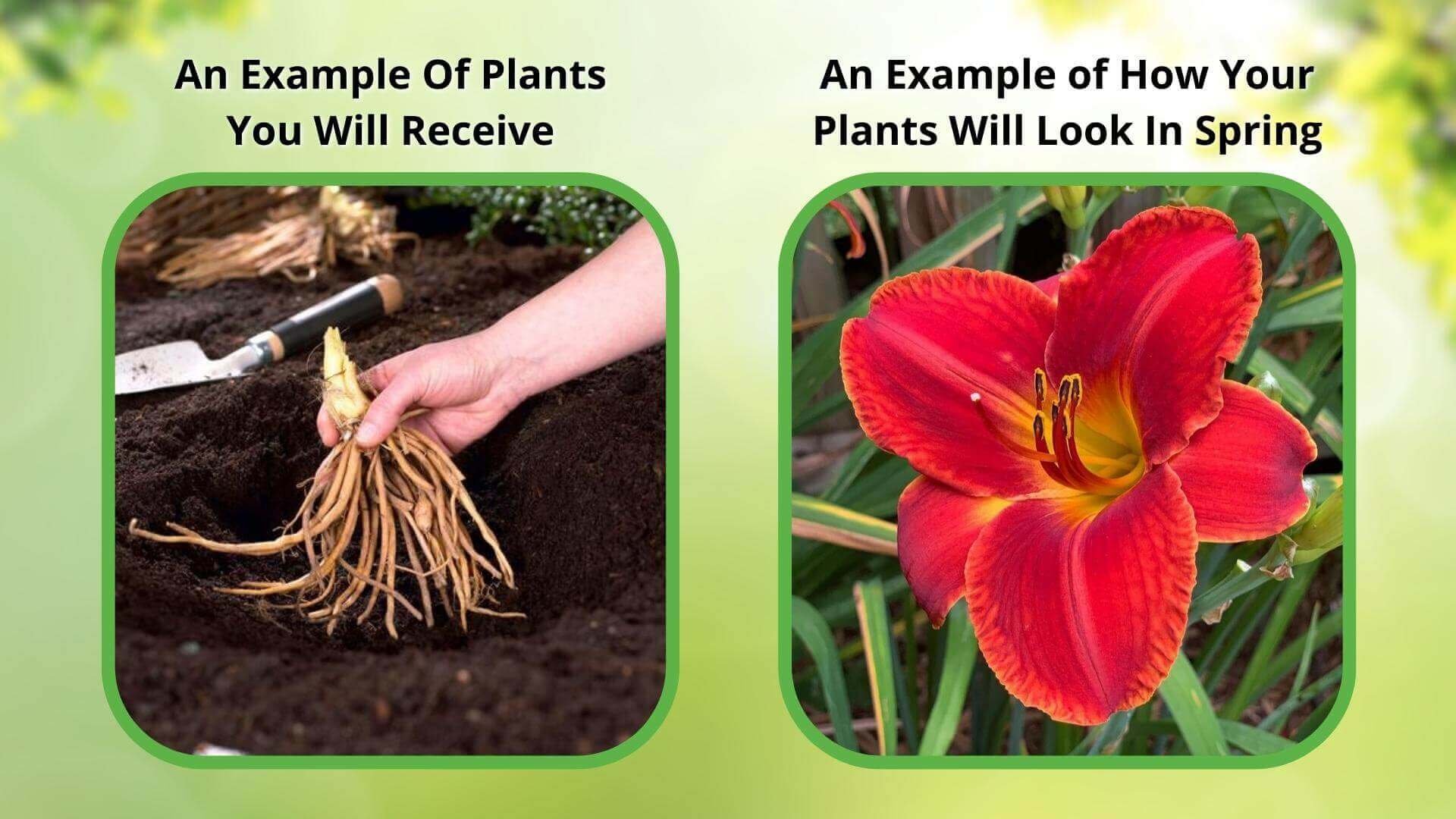
Perennials
Attracts beneficial pollinators
Thrives in moist, shady areas
Helps control soil erosion naturally
Thrives in
ZONE 3ZONE 4ZONE 5ZONE 6ZONE 7ZONE 8ZONE 9Planting Season:
Year-RoundIt is known for its vibrant appearance and unique characteristics and offers various landscaping benefits. Its inclusion can contribute to a garden or outdoor space's overall aesthetic appeal and ecological balance. Jewelweed (Impatiens capensis) is an annual wildflower known as orange balsam and spotted touch-me-not. Some say it gets its name from the sparkling dewdrops that line its leaves in the morning, while others contend that the brilliant, red-spotted orange flowers glow like bright jewels. These flowers are also famous for their explosive seed pods, which give the plant the name "touch-me-not."
Native to northern and eastern North America, it starts blooming in June and continues until it succumbs to October frosts. The flower grows naturally in cool, low woodlands and decorates shady stream banks, creek banks, lakesides, and marshes.
Orange balsam is a lush green wildflower that grows 3'–5' tall. It branches prolifically and produces a profusion of inch-long, spotted orange blossoms with blood-orange or red markings. Each delicate blossom hangs from its stalk among neighboring flowers. They have two lips, five petals, and three sepals, one of which is a pouch-shaped structure with a nectar spur that curves back under the rest of the flower. The blooms form small clusters that rise above the herb's upper leaves.
The Jewelweed's round green to reddish-grTNeen stems are smooth, succulent, and semi-translucent. Its toothed, spade-shaped, bluish-green leaves are usually about 2½"–3" long and grow alternating on the herb's upper stems.
Jewelweed makes a beautiful addition to woodland gardens, shady rain gardens, and pollinator gardens. It's great for ponds, bog gardens, and lowland areas. Although it's an annual, this wildflower tends to return once established.
The blossoms attract butterflies and other pollinators. Hummingbirds and bumblebees, the herb's primary pollinators, find nourishment in its sweet nectar and play a significant role in its successful propagation. It is also a food source for moth caterpillars, bobwhite quail, mice, and deer, and it is fond of its stems, leaves, and seeds. If you'd like to add a bright pop of orange to your summer garden, planting it will bring joy to your landscape with its delightful blooms.

Bloom Season
Summer
Bloom/Foliage Color
Orange
Height at Maturity
Over 12"
Care
Jewelweed Plant does best in moist, rich, slightly acidic soil with full to part shade.
Plant Reproduction
Jewelweed plants spread their seeds using a ballistic mechanism called explosive seed dispersal.
Planting bare-root perennials is best in any season if they are dormant; we only sell dormant plants. Planting them year-round is also excellent if you can get dormant perennials. When your bare-root perennials arrive, soak the roots in water for a few hours to rehydrate them. Lant by digging a hole wide enough to spread the roots comfortably and deep enough to place the top portion crown (where the roots meet the stem) at or slightly above ground level. Position the plant in the hole, backfill with native soil, and gently firm the soil around the roots—water well after planting to settle the soil around the plant and eliminate air. Apply a 2-3 inch layer of mulch to keep weeds at bay and moisture locked in, keeping the mulch away from the crown. Irrigate plants regularly during the first few weeks of drought; never water in full sun, and water late in the evenings to ensure the roots are established well. Fertilize sparingly in the first year, using a balanced, slow-release fertilizer in subsequent years as needed.
Shipping date depends on the date displayed and chosen when you order from the product's page.
We only accept returns on plants verified dead. If you think your plants have died, we offer a 1 year warranty, please use use this File a Claim Link to verify dead plants and start with return warranty process.




Vibrant Appearance:
Jewelweed’s bright, red-spotted orange flowers and lush foliage add a striking pop of color to any garden.
Pollinator Magnet:
Attracts butterflies, hummingbirds, and bumblebees, enhancing pollinator-friendly gardens.
Unique Characteristics:
Known for its explosive seed pods and morning dew sparkle, Jewelweed earns its nickname "touch-me-not."
Supports Local Wildlife:
Provides food for moth caterpillars, quail, mice, and deer, supporting local wildlife and garden balance.
Caring Tips
Each box contains detailed care instructions and information about your product. But here's the basics.
Care Tips
Jewelweed Plant does best in moist, rich, slightly acidic soil with full to part shade.
Light Requirements
Jewelweed (Impatiens capensis) thrives in partial to full shade. It prefers moist, shaded areas and can tolerate various soil types but does best in locations protected from intense sunlight and dry conditions.
Hardy Planting Zones
3 • 4 • 5 • 6 • 7 • 8 • 9
How often should I water my plants?
How do I know if my plant is getting too much or too little sunlight?
What should I do to prepare my plants for winter?
What are the signs that my plant needs fertilizing?
How can I prevent pests from damaging my plants?
How do I choose the right plant for my climate zone?